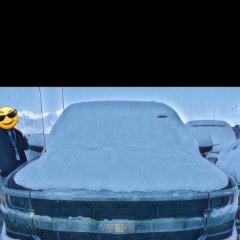Blown rear main seal
-
Similar Content
-
- 2 replies
- 2,819 views
-
- 1 answer
- 240 views
-
- 1 reply
- 448 views
-
- 41 replies
- 4,093 views
-
Diablosport inTune i3 8246 Platinum Tuner - $350 Shipped
By erodriguez24,
- diablosport tuner
- Silverado
- (and 3 more)
- 0 replies
- 789 views
-
-
Recently Browsing 0 members
- No registered users viewing this page.
-
Forum Statistics
247.3k
Total Topics2.6m
Total Posts -
Member Statistics
-
Who's Online 11 Members, 1 Anonymous, 1,596 Guests (See full list)


















Recommended Posts
Join the conversation
You can post now and register later. If you have an account, sign in now to post with your account.